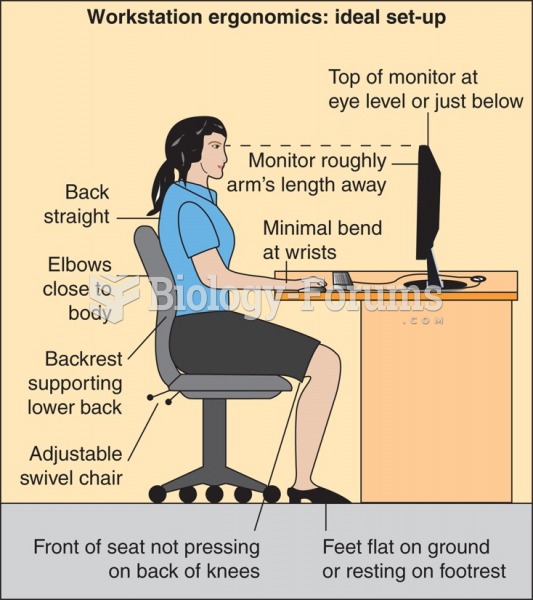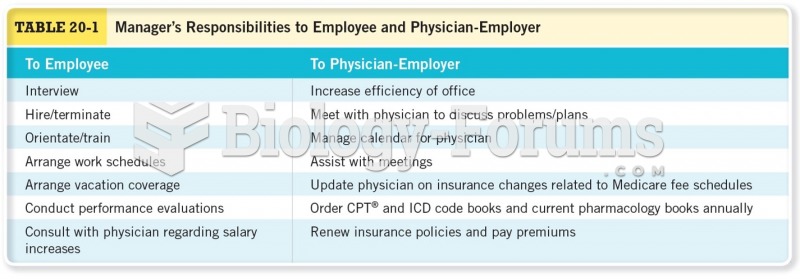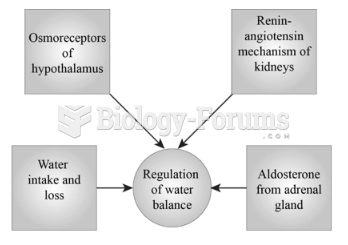This topic contains a solution. Click here to go to the answer
|
|
|
Did you know?
The U.S. Preventive Services Task Force recommends that all women age 65 years of age or older should be screened with bone densitometry.
Did you know?
Amoebae are the simplest type of protozoans, and are characterized by a feeding and dividing trophozoite stage that moves by temporary extensions called pseudopodia or false feet.
Did you know?
Vaccines prevent between 2.5 and 4 million deaths every year.
Did you know?
If you could remove all of your skin, it would weigh up to 5 pounds.
Did you know?
Green tea is able to stop the scent of garlic or onion from causing bad breath.







